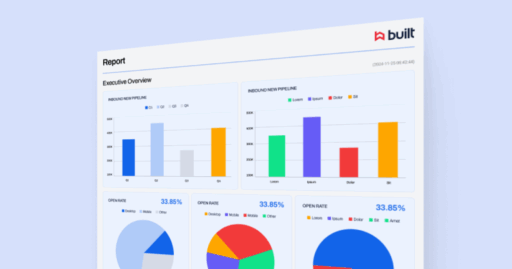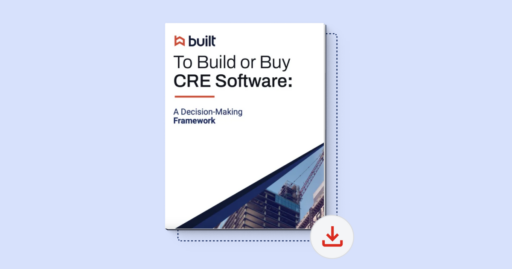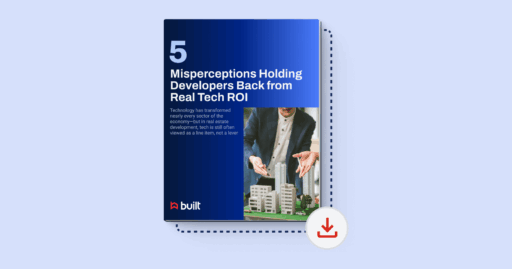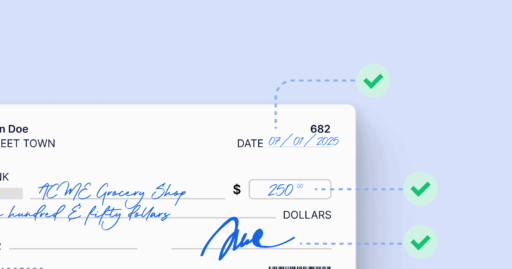Built Voices: The Importance of Proactive Risk Mitigation in the Wake of a Natural Disaster

In times of need, your clients’ safety and wellbeing are, and should always remain, the most important priorities.
Hurricane Barry made landfall in Louisiana on Saturday, July 13, as a category 1 hurricane. Although the storm quickly weakened to a tropical depression, heavy rains produced severe flooding conditions in New Orleans and the surrounding areas. Presently, the Hurricane Impact Level (HIL) ranking system has ranked the storm at an Impact Level 0, indicating that the storm has caused damages totaling less than $25 million. However, the full impact and total damages resulting from the storm and the flooding that preceded have yet to be reported.
While we can never fully predict the path, outcome, or economic impact of a natural disaster, there are several steps we can take to help mitigate risk and further prepare you and your clients for any unforeseen situations.
At Built, we’re huge proponents of monitoring risk proactively, including before and after a natural disaster. We believe that lenders and borrowers should have an in-depth, real-time picture of their construction portfolio at all times. At any moment, you should be able to quickly validate that property insurance is in place before a disaster hits to ensure your clients get back on their feet faster.
When a natural disaster arises, you may find yourself asking the questions below in context to your clients in the affected areas:
- Do you have a clear, up-to-date picture of your lending portfolio prior to the disaster?
- How many of your clients are located in a specific disaster area?
- Do you have the capability to quickly pinpoint the number of active projects and in a specific area and their current value?
- Do you have access to proactive alerts and reporting on potentially at-risk projects within your portfolio, including lapses in insurance?
- Do you have an organized, automated, and centralized system to monitor and manage critical loan information and collateral to avoid potential risks, such as expiring contracts or lapses in insurance?
Many risk professionals often scramble to locate disparate data in the wake of a disaster. Modern technology solves this problem and enables real-time portfolio management and data insights, making it possible for lenders to quickly and easily answer these questions.






